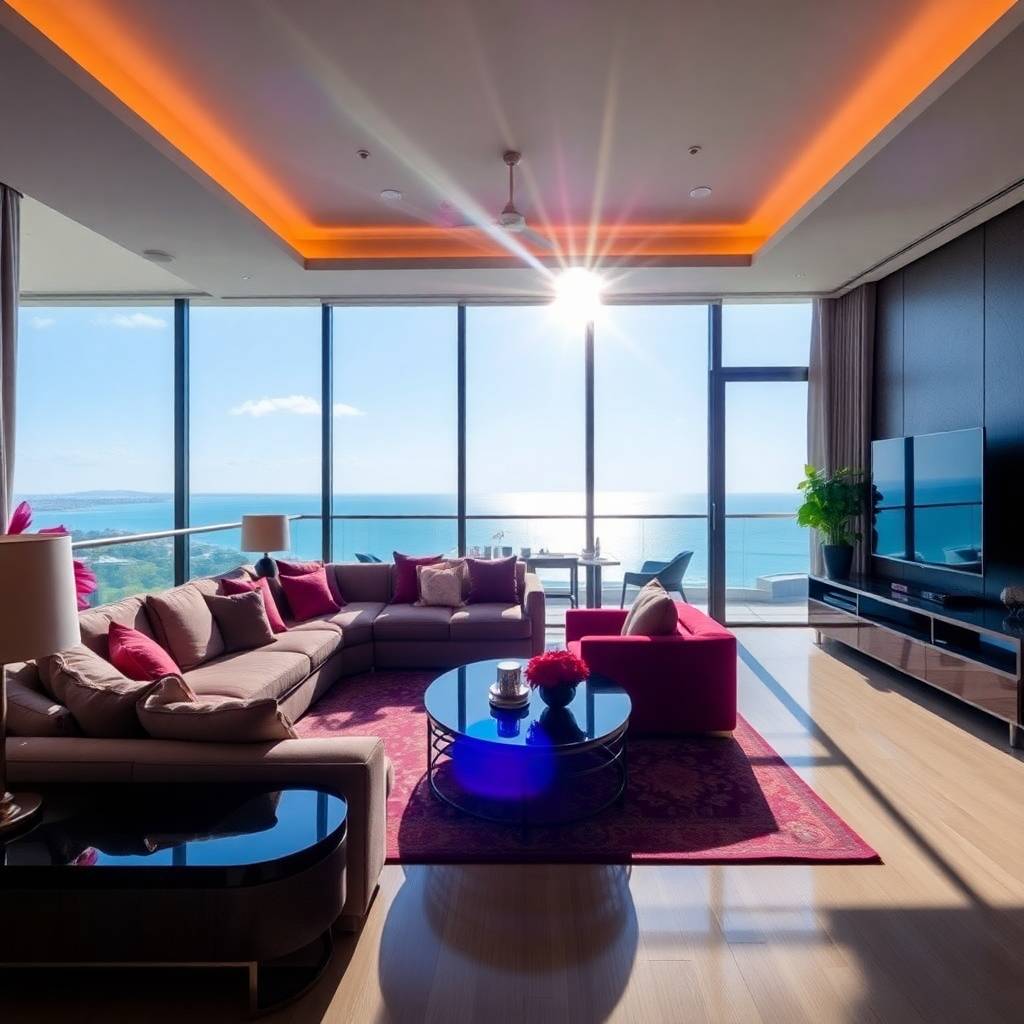Unlocking Thai Condo Market Opportunities in Thailand’s Unusual Locations
Thailand’s real estate market has long been synonymous with hotspots like Bangkok, Phuket, and Pattaya. However, savvy investors are now turning their attention to lesser-known regions offering untapped potential. From serene northern mountains to untouched southern coastlines, Thailand’s “unusual” locations are emerging as lucrative hubs for condo investments. Here’s why these hidden markets deserve a closer look.
Why Unusual Locations Are Gaining Traction
Thailand’s government has prioritized infrastructure development in secondary provinces, including highway expansions, airport upgrades, and high-speed rail projects. These initiatives are bridging the gap between urban centers and rural areas, making remote regions more accessible. For instance, the Eastern Economic Corridor (EEC) has spurred growth in Chanthaburi and Trat, while the Northern Economic Corridor (NEC) is revitalizing provinces like Nan and Phetchabun.
Additionally, rising prices in major cities have pushed investors toward affordable alternatives. Condos in emerging areas often cost 30–50% less than those in Bangkok or Phuket, offering higher rental yields and capital appreciation potential.
Top Unusual Locations for Condo Investments
1. Isaan Region: Northeast Thailand’s Rising Star
Often overlooked, Thailand’s northeastern Isaan provinces (e.g., Udon Thani, Khon Kaen) are experiencing a surge in demand. Improved transport links, such as the Bangkok-Nong Khai high-speed rail, are connecting these areas to Laos and Vietnam, positioning them as trade gateways. Condos here cater to expats, digital nomads, and locals seeking affordable second homes.
2. Nan Province: Northern Serenity Meets Growth
Nestled in the mountains near Laos, Nan offers a tranquil lifestyle amid cultural heritage sites and eco-tourism attractions. New condo developments target retirees and nature enthusiasts, with prices starting at ฿1.5 million ($40,000).
3. Trang Province: Southern Coastal Charm
While Phuket and Krabi face overcrowding, Trang’s pristine beaches and UNESCO-listed islands like Koh Muk remain underdeveloped. Condos here appeal to eco-conscious buyers, with luxury waterfront units priced 40% lower than Phuket’s equivalents.
4. Chanthaburi: Eastern Fruit Basket Turned Investment Hub
Famed for its gem markets and fruit farms, Chanthaburi is now attracting investors due to its proximity to the EEC. Condo projects near the Bang Pakong River blend affordability with proximity to industrial growth zones.
Benefits of Investing in Emerging Thai Condo Markets
- Lower Entry Costs: Secure units at a fraction of major city prices.
- Higher Rental Yields: Earn 7–10% returns in tourist-friendly or expat-heavy areas.
- Diversification: Spread risk by investing in markets at different growth stages.
- Lifestyle Appeal: Target niche buyers (retirees, eco-tourists) seeking unique experiences.
Risks to Consider
- Market Volatility: Emerging areas may take longer to mature.
- Infrastructure Delays: Monitor government project timelines.
- Liquidity Challenges: Reselling in remote locations might require patience.
Why Invest Now?
Thailand’s post-pandemic recovery has accelerated demand for flexible living spaces. Remote work trends are driving interest in quieter, scenic locales, while tourism rebounds in offbeat destinations. Investors entering early can capitalize on pre-construction discounts and rising demand.
Tips for Success
- Research Local Demand: Analyze rental occupancy rates and buyer demographics.
- Partner with Local Agents: Leverage their expertise in navigating regional regulations.
- Prioritize Connectivity: Focus on areas with upcoming transport upgrades.
Final Thoughts
Thailand’s unusual condo markets offer a rare blend of affordability, growth potential, and lifestyle perks. While risks exist, strategic investments in regions like Isaan, Nan, Trang, and Chanthaburi could yield significant rewards as infrastructure and tourism evolve. These areas are no longer just “alternatives” to mainstream destinations—they’re becoming destinations in their own right, fueled by Thailand’s post-pandemic economic rebound and shifting buyer priorities.
Remote work trends have redefined what buyers seek: scenic, quieter locales with modern amenities are now in demand, and developers are responding with projects tailored to digital nomads, retirees, and eco-tourists. Meanwhile, government-backed infrastructure projects, such as the expansion of the EEC and NEC, ensure these regions will only grow more accessible and attractive over time.
For investors, the key advantage lies in early entry. As global interest in Southeast Asia’s property markets surges, Thailand’s hidden locations remain undervalued compared to saturated cities. By focusing on areas with upcoming transport upgrades or UNESCO-recognized natural assets, investors can secure assets poised for appreciation. Additionally, niche markets like eco-friendly condos in Trang or heritage-inspired residences in Nan cater to a growing audience prioritizing sustainability and cultural authenticity.
While liquidity challenges in remote areas require a long-term mindset, the payoff could mirror the trajectory of once-overlooked markets like Chiang Mai or Hua Hin, which now command premium prices. For those willing to venture beyond traditional hotspots, Thailand’s unusual condo markets represent not just a financial opportunity, but a chance to own a slice of the country’s undiscovered beauty—before the rest of the world catches on.
For the latest updates follow us on X Kan Homes






